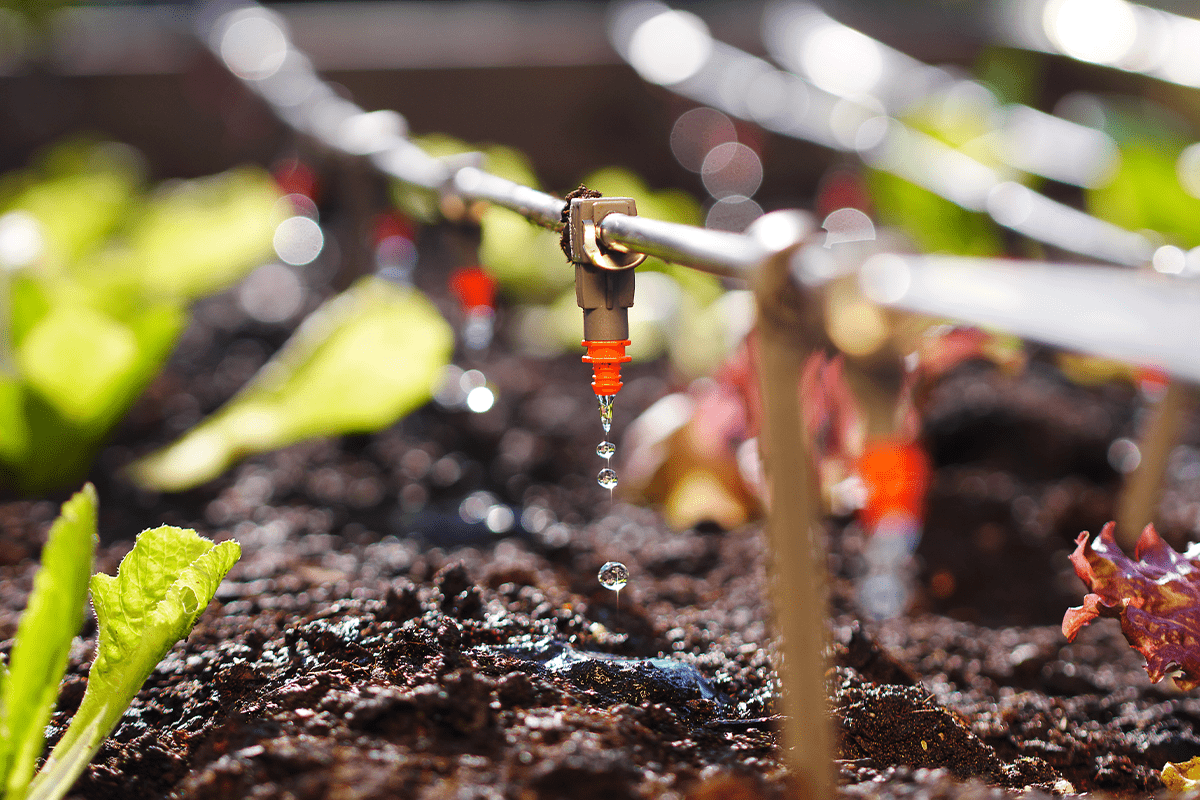Recent property planning is shifting toward eco-mindful decision-making and resource preservation. Developers and investors use these studies to ensure responsible land use and agreement. Careful analysis supports community health and reduces long-term risks from pollution or misuse. These evaluations also increase property value by guaranteeing safety and transparency. Sustainable design has become central for those buying land in real estate across both rural and urban expansion projects.
Importance of Preliminary Land Assessment Studies
Initial environmental studies help identify existing risks before project planning begins. They prevent ecological imbalance by recognizing potential issues early.
- Soil analysis determines fertility levels and potential contamination risks accurately
- Water source evaluation ensures reliable and sustainable availability for future development
- Vegetation mapping prevents habitat destruction during construction and zoning processes
- Wildlife assessment supports biodiversity and protects regional environmental systems effectively
Early investigation provides clarity for better investment and responsible development planning.
Ecological Risk Management: Strengthening Property Security
Risk management identifies environmental weaknesses before construction begins. Assessing flood zones, fault lines, and contamination risks ensures sustainable stability. This preventive method reduces loss while enhancing public trust in the development. Long-term protection builds ownership confidence among buyers and stakeholders alike.
Eco Conservation Practices Ensuring Responsible Land Usage
Environmental responsibility focuses on protecting land for future generations. Developers adopt efficient management practices for sustainability and resource preservation.
- Controlled deforestation prevents damage to forest-based habitats and ecological systems
- Waste management policies improve construction safety and promote cleaner operations
- Renewable energy inclusion supports minimal carbon generation during development stages
- Water harvesting systems maintain natural balance and minimize external dependency
- Green buffer zones regulate climate and improve oxygen quality near projects
These collective actions create lasting harmony between development and nature’s structure.
How Proper Evaluation Affects Property Purchase Decisions?
Environmental data gives investors confidence when selecting sustainable property locations. It reduces risks by highlighting soil health, water access, and hazard prevention. Buyers rely on accurate assessments for both residential and commercial purposes. Modern investors focus on buying land in real estate value transparency and long-term environmental stability.
Community Involvement Enhancing Sustainable Development Goals
Public participation raises photo and responsibility during development processes. Residents provide valuable local knowledge about climate and land behaviour. Engaging communities ensures shared responsibility and improved project outcomes. It builds stronger trust between the government, developers, and property owners.
Responsible Planning Shaping Future Property Standards
Sustainability today defines credibility in property development worldwide. Environmental studies bridge growth ambitions and natural preservation effectively. Responsible planning ensures resources remain protected for upcoming generations. Developers focusing on assessment-based models create healthier environments and stronger markets. Such alignment guarantees future-proof growth guided by ethical and ecological responsibility.







Leave a Reply